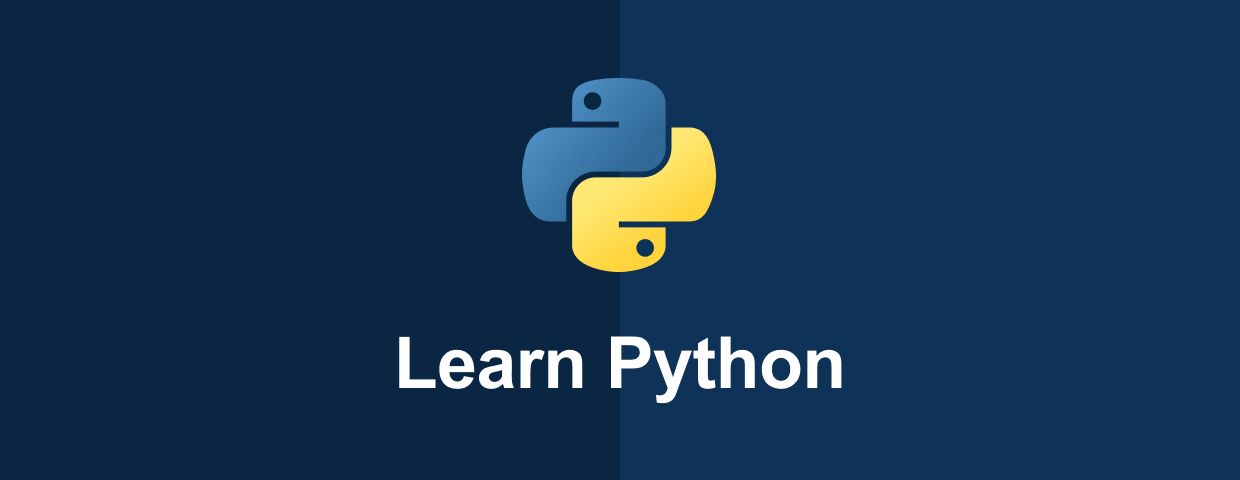In this generation, Python is a computing language which is preferred by every single person. On the other hand, we can say – simple not by everyone. However, if you want to get into the pool of information-science, it is obvious that Python has some different corner in your soul. All the same, it can also be used as a language or scripts to link existing objects. However, experienced developers often use code snippets and will tell you that it is very simple. Though, for beginners, even a few simple lines of code can be very confusing, simple go for python training online sessions and get your hands on it. If you know a little about Python, it can be very difficult to understand how it works. Also, this owns a large group of researchers and providers who are constantly improving it.
What is Python?
Python is a language which can be used for everything from web development to scientific computing (and more) and is considered the “general purpose” language of the largest software company. Many Python developers love this language because it maintains a philosophy of certain best practices. There is a large offline Python community that welcomes and supports beginners.
5 Steps to Learning – Python
It has a high level of integrated data generation, as well as strong binding and powerful input, making it an attractive choice for rapid application development. Here are five steps to learning Python for Data Science in a practical way that you can follow:
Give a Reason to Learn Python
Before taking a Python course, ask yourself if you want to learn it. Learning Python can take a lot of time and effort. Without proper motivation, you could give up halfway. Understanding the reasons they want to learn Python will help you set goals and a way to achieve them without boredom. Even if you are not thinking about a specific task then, there is only a high-level area that interests you before you start learning Python.
Learn the Basics of Python
Learning the background of the Python programming language, what it is and its different uses is the best way to start a study trip. Once you start programming and coding in general, exploring Python will provide you with a lot of relevant information. It lets you know that coding is important today and is, therefore, the driving force behind most things. Although Python was founded in the late 1980s, it is the basis of many new technologies. Python will be used to develop the most exciting and important tools of the future, such as artificial intelligence and machine learning. However, Python has used many other cases that could be more useful to the average person. You can use it to create games, write more detailed analyzes of scientific data, and more. Once you learn the basics, you can become a programmer, regardless of your field.
Select Python Training
Already understand why you want to learn Python. Now is the time to choose a course that will allow you formal training. Upon completion of the introductory course, the language, syntax and its various uses are introduced. In your free time, you can take online courses if you are professionally-looking for Python and saving work at the same time.
Work On an Organized Project
Once you learn the syntax, you can start creating your project. Tasks are a wonderful way to learn because you can use your knowledge and it helps you maintain that knowledge. Tasks push you to your limits, help you learn new things, and allow you to create a portfolio to show future employers. However, free assignments are difficult at this point in your learning process – you don’t know what to do and you constantly have to deal with documents. For this reason, it’s best to create organized projects until you’re sure enough that you can create a completely free project. Many learning materials have organized tasks, and these tasks allow you to build interesting things in interesting areas, and at the same time prevent you from getting stuck.
Download the Code Editor
Some interactive web courses allow you to write code directly in a browser, but this is just a simulation. In real life, however, you write code using a simple editor, such as Notepad or a custom code editor. There are many editors available, and choosing the right ones can be difficult, especially if you are a novice programmer. The good news, however, is that as a beginner you will find that most editors have similar qualities. You may need to choose a new publisher to start your specialization, but all general applications are for beginners. The key to learning the right Python is choosing the course that best suits your needs so you learn what you should, not what you don’t need!
Applications of Python
Python has gained popularity in recent decades. However, it is extensively practised in entire types of apps. This is often called the superlative coding-language for learning. Truthfully, NASA also uses Python to program space technology and machines. Isn’t that something? On the other hand, is there a high demand for Python jobs? Absolutely yes! Python is the highest-paid language in the world, with an average salary of $ 63,000.


